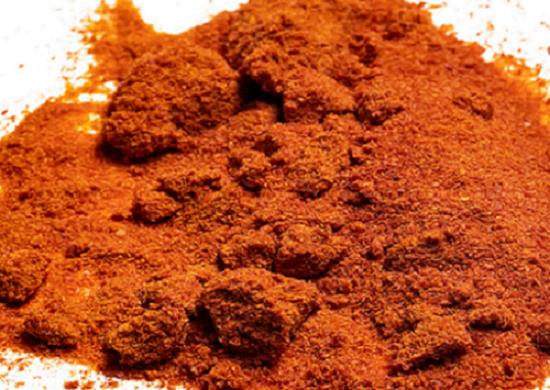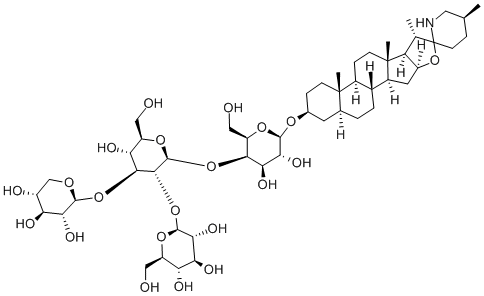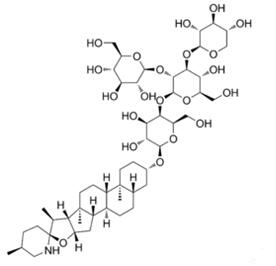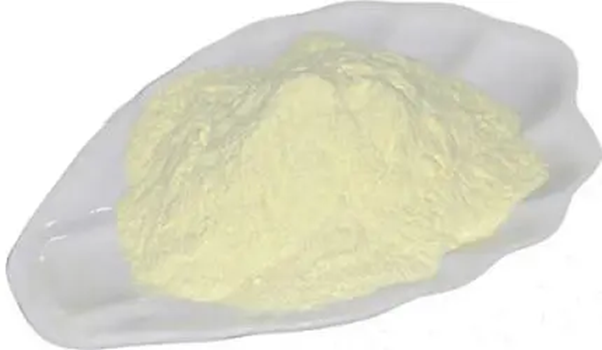Tomatine: biosynthesis, metabolism and activities
General Description
The biosynthesis of tomatine involves the combination of a hydrophobic sapogenin and a hydrophilic oligosaccharide chain. Specific enzymatic reactions lead to the synthesis of tomatine through a series of steps involving key genes. As tomatoes mature, tomatine undergoes metabolic transformations, resulting in the accumulation of non-toxic and non-bitter compounds in ripe fruits. Tomatine serves as a defensive agent in unripe green tomatoes, protecting the plant against a wide range of infections. Additionally, it exhibits diverse pharmacological properties with potential therapeutic applications for various human diseases. Tomatine demonstrates significant anticancer effects, potent antifungal properties, cholesterol-binding abilities, and can serve as a vaccine adjuvant. Tomatidine (TD), a component of tomatine, shows less cytotoxicity but restricts the spread of specific viruses and provides cardio and neuro-protective effects. Both tomatine and TD display anti-inflammatory activities, influencing multiple signaling pathways and protein targets, suggesting their potential utility as chemo-preventive or chemotherapeutic agents. This comprehensive analysis highlights the multi-targeted action of tomatine/TD and their potential medicinal application.

Figure 1. Tomatine
Biosynthesis
The biosynthesis of Tomatine, a C27 steroid, involves the combination of a hydrophobic sapogenin and a hydrophilic oligosaccharide chain. The sapogenin consists of a spirosolane-type aglycone tomatidine with a nonpolar steroidal moiety and a polar nitrogen-containing heterocycle, while the oligosaccharide chain is a tetrasaccharide composed of xylose, two glucose, and one galactose molecule attached to the C-3 position of tomatidine. The biosynthetic pathway begins with cholesterol, which undergoes hydroxylation, oxidation, and transamination reactions to produce unsaturated steroidal alkaloid (SA) aglycones. These SA aglycones are then glycosylated to form steroidal glycoalkaloids (SGAs) by UDP-glycosyltransferases (UGTs). Specific enzymes such as cytochrome P450 monooxygenases (GAME7 and GAME8), 2-oxoglutarate-dependent dioxygenase (GAME11), and CYP72 monooxygenase (GAME6) catalyze the hydroxylation, oxidation, and E-ring closure steps, leading to the formation of tomatidenol. This process ultimately results in the synthesis of Tomatine through a series of enzymatic reactions involving key genes. 1
Metabolism
Tomatine, a compound found in tomatoes, undergoes a series of metabolic transformations as the fruit matures. Initially present in higher levels in immature green tomato fruits, α-tomatine is metabolized into neorickiioside B, lycoperoside C, and prosapogenin A through hydroxylation, acetylation, and glycosylation processes. Ultimately, these compounds are converted to esculeoside A, which is non-toxic and non-bitter. This metabolic process results in the accumulation of higher levels of esculeoside A in red fruits. The transformation pathway involves several specific enzymatic reactions, including hydroxylation at C-23, acetylation at the C-23 hydroxy group, and glycosylation at the C-27 hydroxy group. This process takes place in both the vacuoles and the cytosol of the tomato fruit, with the GORKY transporter protein facilitating the transportation of α-tomatine from the vacuole to the cytosol. Ripe gorky fruits retain high levels of α-tomatine in the vacuoles and do not produce esculeosides, resulting in intense bitterness. 2
Activities
Tomatine, including the steroidal glycoalkaloid α-tomatine and its aglycone tomatidine (TD), serves as a defensive agent in unripe green tomatoes, leaves, and flowers, protecting the plant against a wide range of infections by insects, bacteria, parasites, viruses, and fungi. Beyond its role in plant defense, tomatine exhibits diverse pharmacological properties with potential therapeutic applications for various human diseases. Tomatine demonstrates significant anticancer effects, particularly against androgen-independent prostate cancer, as well as potent antifungal properties. It also functions as a cholesterol binder and can serve as a vaccine adjuvant to enhance the delivery of protein antigens or therapeutic oligonucleotides. On the other hand, TD, while less cytotoxic, has demonstrated the ability to restrict the spread of specific viruses and provide cardio and neuro-protective effects in human cells. Moreover, both Tomatine and TD display marked anti-inflammatory activities, influencing multiple signaling pathways and protein targets, including the regulation of the NFkB/ERK pathway by Tomatine and direct targeting of the sterol C24 methyltransferase Erg6 and vitamin D receptor by TD. This comprehensive analysis underscores the multi-targeted action of Tomatine/TD and their potential utility as chemo-preventive or chemotherapeutic agents, suggesting a novel medicinal application for Tomatine. 3
Reference
1. Liu Y, Hu H, Yang R, Zhu Z, Cheng K. Current Advances in the Biosynthesis, Metabolism, and Transcriptional Regulation of α-Tomatine in Tomato. Plants (Basel). 2023 Sep 17;12(18):3289.
2. Nakayasu M, Akiyama R, Kobayashi M, Lee HJ, Kawasaki T, Watanabe B, Urakawa S, Kato J, Sugimoto Y, Iijima Y, Saito K, Muranaka T, Umemoto N, Mizutani M. Identification of α-Tomatine 23-Hydroxylase Involved in the Detoxification of a Bitter Glycoalkaloid. Plant Cell Physiol. 2020 Jan 1;61(1):21-28.
3. Bailly C. The steroidal alkaloids α-tomatine and tomatidine: Panorama of their mode of action and pharmacological properties. Steroids. 2021 Dec;176:108933.
Related articles And Qustion
See also
Lastest Price from TOMATINE manufacturers

US $10.00/KG2025-04-21
- CAS:
- 17406-45-0
- Min. Order:
- 1KG
- Purity:
- 99%
- Supply Ability:
- 10 mt

US $0.00/mg2023-02-24
- CAS:
- 17406-45-0
- Min. Order:
- 5mg
- Purity:
- ≥98%(HPLC)
- Supply Ability:
- 10 g



